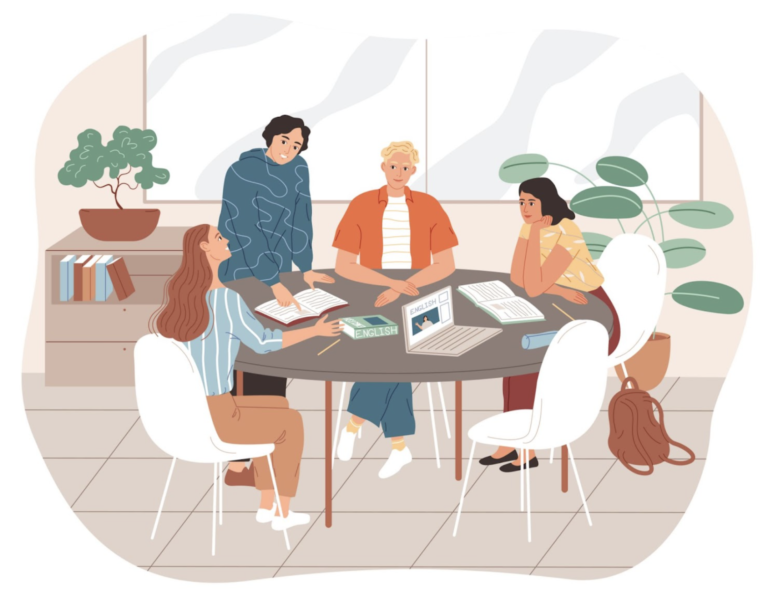An Introduction to Open Educational Practices
Openness in education is an idea that encompasses various facets of the educational experience including admissions, access, resources, and practices (1). Last week’s Teaching Tip was on open educational resources (OER). This week we explore open educational practices (OEP), sometimes called open educational pedagogies. They are ways of teaching that incorporate OER, as well as the 5 Rs Wiley uses to characterize open activities (2).
| Retain | the right to make, own, and control copies of the content (e.g., download, duplicate, store, and manage) |
| Reuse | the right to use the content in a wide range of ways (e.g., in a class, in a study group, on a website, in a video) |
| Revise | the right to adapt, adjust, modify, or alter the content itself (e.g., translate the content into another language) |
| Remix | the right to combine the original or revised content with other material to create something new (e.g., incorporate the content into a mashup) |
| Redistribute | the right to share copies of the original content, your revisions, or your remixes with others (e.g., give a copy of the content to a friend) |
Wiley’s 5 Rs of Open Content
In OEP learners, teachers, and the at-large community work as co-creators on a shared resource or toward the achievement of a common real-world goal. These might range from collaborative research and writing efforts to create featured articles on Wikipedia (3), to community-based participatory research that results in open data (4). OEP activities are learner-centered and move away from didactic models of teaching, making them opportunities to engage learners in more meaningful ways. Hegarty proposes 8 attributes of OEP that encourage this move through the use of connectedness, trust, reflection, creativity, sharing, participatory technologies, peer review and learner-generated content (5). This last attribute brings the spirit of openness full circle by promoting activities that facilitate student contribution to a body of knowledge that itself may become an open resource to be made available beyond the boundary of the classroom.

View the Teaching Tip [ PDF ]
References
- Cronin, Catherine. “Openness and Praxis: Exploring the Use of Open Education Practices in Higher Education.’ International Review of Research in Open and Distributed Learning, Athabasca University, Aug. 2017, www.irrodl.org/index.php/irrodl/article/view/3096/4301.
- Wiley, David. “Defining the Open’ in Open Content and Open Education Resources’, https://www.opencontent.org/definition/.org/higher-education/crossing-the-field-boundaries-open-science-open-data-open-education/.
- Beasley-Murray, John. “Wikipedia.’ Posthegemony, 18 Mar. 2008, https://posthegemony.blogspot.com/2008/03/wikipedia.html
- Campbell, Lorna M. “Crossing the Field Boundaries: Open Science, Open Data & Open Education.’ Open World, 28 Mar. 2017, lornamcampbell.org/higher-education/crossing-the-field-boundaries-open-science-open-data-open-education/.
- Hegarty, Bronwyn. “Attributes of Open Pedagogy: A Model for Using Open Education Resources.’ Educational Technology, Jul. 2015, https://upload.wikimedia.org/wikipedia/commons/c/ca/Ed_Tech_Hegarty_2015_article_attributes_of_open_pedagogy.pdf.
Additional Resources
David Wiley talks at TEDxNYED, https://www.youtube.com/watch?v=Rb0syrgsH6M
Teaching Tip: A brief guide to Open Educational Resources, https://ctl.uaf.edu/introducing-oer/

UAF Instructional Designers
This page has been authored collectively by the experts on the
UAF Instructional Design Team.
Let us know if you have suggestions or corrections!



